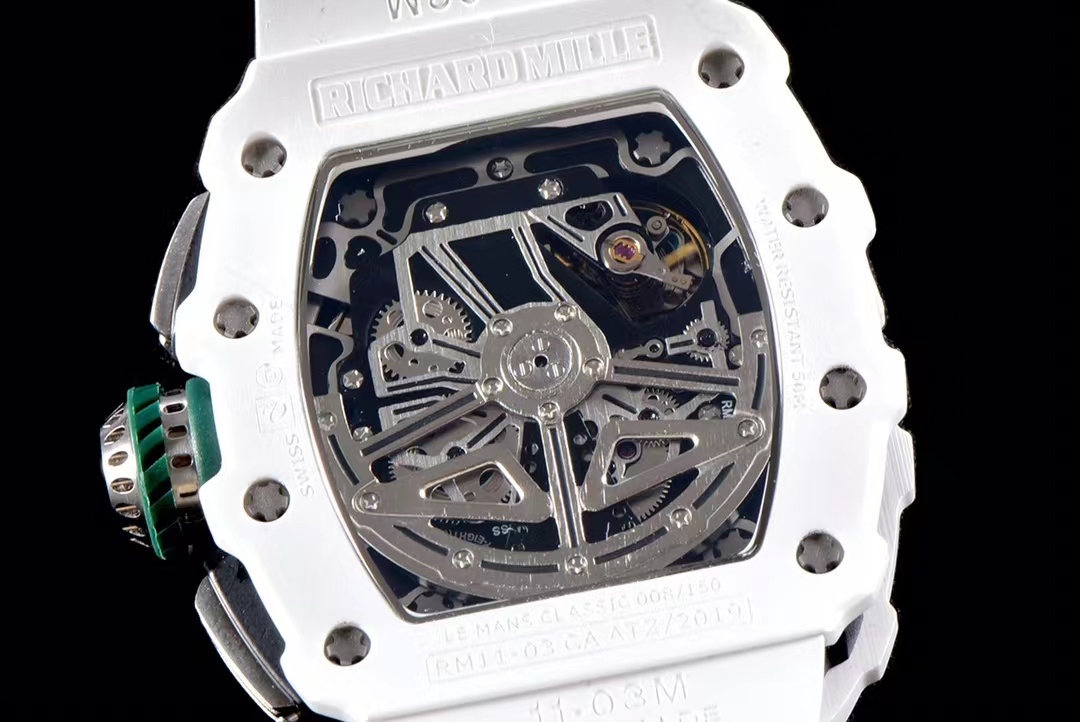Types of Watch Movements
The movement, or caliber, is the heart of a watch, driving its timekeeping functions and additional features. Watch movements can be broadly categorized into three main types: mechanical, automatic, and quartz. Each type has unique characteristics, advantages, and intricacies. Understanding these differences can help you choose the right watch for your needs and preferences.
1. Mechanical Movements
Manual Mechanical Movements: Manual mechanical movements are powered by a mainspring that needs to be wound by hand. This type of movement has been used in watches for centuries and is known for its craftsmanship and complexity.
- How It Works: The wearer winds the crown to tighten the mainspring, which then unwinds slowly to power the watch. The energy from the mainspring is transferred through a series of gears and springs to the escapement, which regulates the release of energy.
- Advantages: Appreciated for their traditional craftsmanship, intricate designs, and the skill required to assemble them. They often have a longer lifespan if maintained properly.
- Disadvantages: Requires regular winding, typically every 1-2 days. More susceptible to timekeeping inaccuracies due to external factors like temperature and position.
Automatic Mechanical Movements: Automatic, or self-winding, movements are a type of mechanical movement that harnesses kinetic energy from the wearer's wrist motion to wind the mainspring.
- How It Works: The movement features a rotor, a semi-circular weight that spins with wrist movement. The rotor winds the mainspring automatically, eliminating the need for manual winding if the watch is worn regularly.
- Advantages: Combines the craftsmanship of manual movements with the convenience of self-winding. Requires less frequent winding compared to manual movements.
- Disadvantages: Can be less accurate than quartz movements and more sensitive to external factors. Requires regular wear or the use of a watch winder to keep it running.

2. Quartz Movements
Quartz movements are powered by a battery and use a quartz crystal to regulate timekeeping. They are known for their accuracy and low maintenance.
- How It Works: The battery sends an electric current through a quartz crystal, causing it to vibrate at a precise frequency (32,768 times per second). These vibrations are measured by the circuit and converted into a consistent time signal.
- Advantages: Highly accurate, requiring minimal maintenance. Generally more affordable than mechanical watches. Long battery life, usually between 1-2 years.
- Disadvantages: Lacks the traditional craftsmanship and intricate mechanics of mechanical movements. Battery replacement is required periodically.
3. Hybrid Movements
Some modern watches feature hybrid movements that combine aspects of both quartz and mechanical technologies. These movements aim to offer the best of both worlds.
Kinetic Movements: Kinetic movements, developed by Seiko, use the wearer's movement to generate electrical energy stored in a rechargeable battery.
- How It Works: Similar to automatic movements, kinetic watches have a rotor that spins with wrist motion. Instead of winding a mainspring, the rotor generates electricity, which is stored in a battery to power the watch.
- Advantages: Combines the convenience of quartz accuracy with the eco-friendliness of not needing regular battery replacements.
- Disadvantages: Can be more expensive than standard quartz watches. The rechargeable battery may eventually need replacement.
Solar Movements: Solar-powered watches use light to generate energy, which is stored in a rechargeable battery.
- How It Works: The watch dial contains solar cells that convert light (natural or artificial) into electrical energy. This energy is stored in a rechargeable battery, powering the watch.
- Advantages: Environmentally friendly and low maintenance. The battery can last many years without needing replacement.
- Disadvantages: Limited availability of light can affect power reserves. Less traditional than purely mechanical movements.
Conclusion
Understanding the different types of watch movements—mechanical (manual and automatic), quartz, and hybrid—can help you make an informed decision when purchasing a watch. Each movement type offers unique benefits and caters to different preferences, whether you value traditional craftsmanship, accuracy, convenience, or environmental sustainability. By considering your lifestyle, aesthetic preferences, and maintenance willingness, you can choose a timepiece that suits your needs and becomes a cherished accessory.




